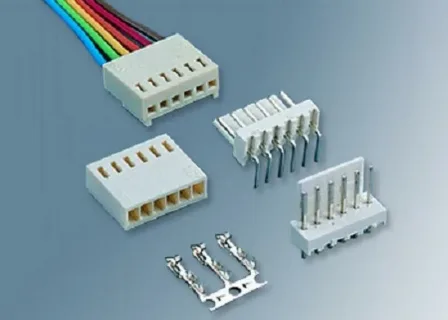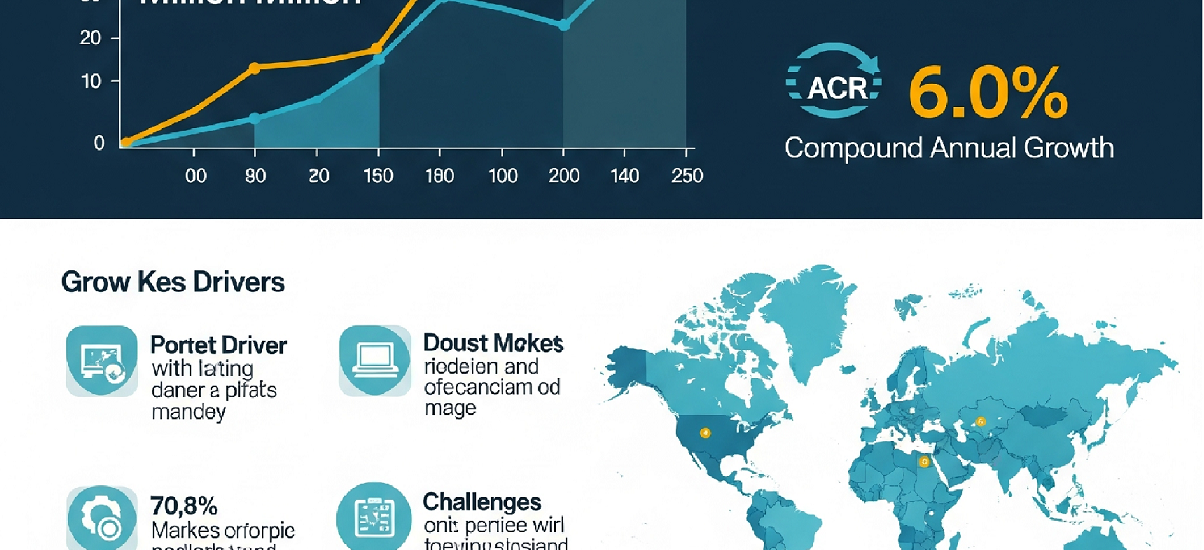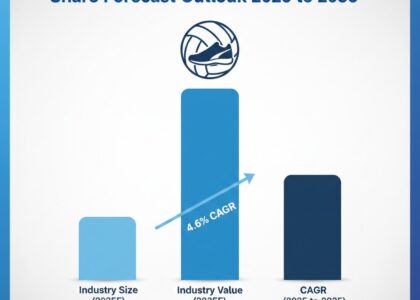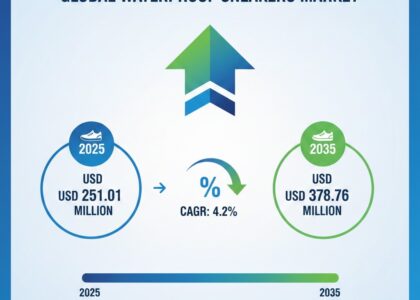The global Wire to Board Connector market is expected to experience steady growth, rising from USD 7,808.4 million in 2025 to USD 15,174.5 million by 2035, registering a compound annual growth rate (CAGR) of 6.0% during the forecast period. This growth is underpinned by the increasing demand for compact, reliable, and efficient electrical interconnections across a wide range of industries such as automotive, consumer electronics, industrial automation, telecommunications, and healthcare. These connectors, which facilitate efficient power and signal transmission between printed circuit boards (PCBs) and wires, are becoming essential in high-performance and space-constrained applications.
The rise of IoT, 5G infrastructure, electric vehicles, and smart manufacturing systems is further accelerating the need for robust wire to board connectors. As devices become smaller and more feature-rich, manufacturers are pushing for connectors that offer higher current-carrying capacity, miniaturized form factors, improved vibration resistance, and ease of assembly. The market is also being positively influenced by developments in surface-mount and automated assembly techniques, which are reducing production time and improving product reliability.
Get Ahead with Our Report: Request Your Sample Now!
https://www.futuremarketinsights.com/reports/sample/rep-gb-17787
Market Trends
- Growing demand for miniature and high-density connectors in portable and wearable electronics.
- Shift toward surface-mount wire to board connectors for improved design flexibility.
- Increasing preference for customizable and modular connector configurations in industrial applications.
- Use of automated assembly-friendly connector designs to reduce labor costs and improve consistency.
- Integration of locking and latching features to enhance connector reliability in high-vibration environments.
Driving Forces Behind Market Growth
- Expansion of automotive electronics including EVs, ADAS systems, and infotainment units.
- Rising adoption of industrial robotics and automation, requiring durable and high-precision connectors.
- Proliferation of consumer electronics with compact and multifunctional designs.
- Growth in telecommunication infrastructure, including 5G base stations and network equipment.
- Need for secure and stable signal transmission in medical and aerospace equipment.

Challenges and Opportunities
- Challenges:
- Stringent quality and safety standards, especially in medical and automotive sectors.
- Increasing design complexity due to miniaturization and higher performance demands.
- Material cost volatility, particularly for metals and high-grade plastics.
- Ensuring durability and signal integrity in extreme environments.
- Opportunities:
- Development of high-temperature and high-vibration resistant connectors for electric mobility and aerospace.
- Growth of smart appliances and connected home systems fueling demand for low-profile connectors.
- Rising interest in green electronics promoting the use of recyclable and RoHS-compliant components.
- Expansion in emerging economies offering low-cost manufacturing hubs and growing electronics consumption.
Recent Industry Developments
- Launch of tool-less, push-in wire to board connectors to simplify assembly and reduce installation time.
- Introduction of ultra-low-profile connectors for ultra-thin devices such as tablets and foldable phones.
- Advancements in high-speed data connectors with enhanced EMI shielding for telecom applications.
- Manufacturers investing in automated inspection systems to improve production quality and traceability.
- Development of multi-row and hybrid connectors that combine signal, power, and ground in one unit.
Exhaustive Market Report: A Complete Study
https://www.futuremarketinsights.com/reports/wire-to-board-connector-market
Regional Analysis
- North America:
- Stable growth fueled by demand in automotive electronics, aerospace, and industrial automation.
- Adoption of advanced technologies in smart factories and connected vehicles increasing connector usage.
- Presence of leading electronics OEMs and contract manufacturers contributing to innovation.
- Europe:
- Strong demand from automotive giants and industrial automation leaders.
- Compliance with strict EU standards driving development of safe and sustainable connector solutions.
- High investments in EV infrastructure and renewable energy systems increasing connector applications.
- Asia-Pacific:
- Fastest-growing region, led by China, Japan, South Korea, and India.
- Major hub for consumer electronics and semiconductor manufacturing.
- Increasing penetration of electric vehicles and smart appliances driving mass production of connectors.
- Latin America and Middle East & Africa:
- Moderate but growing adoption, with expansion in industrial automation, telecom, and energy sectors.
- Investments in urban infrastructure and smart city projects supporting market growth.
- Local assembly and electronics production capabilities gradually expanding.






